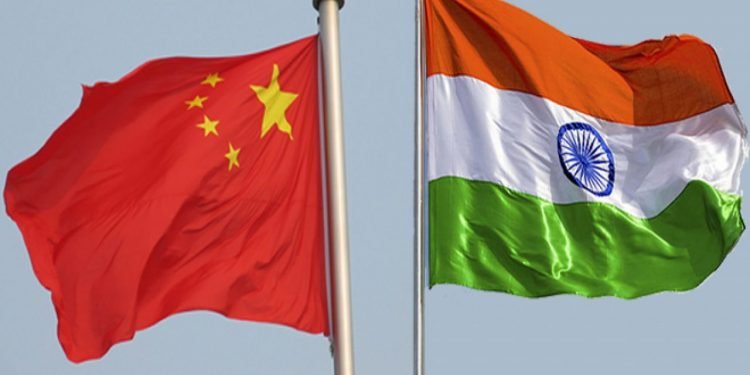KATHMANDU: Nepal’s relations with India are stronger and more stable than those with China in spite of the numerous frictions and tensions that punctuate India-Nepal ties at the bilateral level, according to a new survey.
A recently conducted public opinion survey of India and China in Nepal by Rahul Karan Reddy, supported by Organisation for Research on China and Asia (ORCA), has found that Kathmanduities find India more relatable and associate more positively with India than China.
The survey of more than 180 citizens was conducted across multiple locations in Kathmandu.
The findings of the survey reveal that Nepali citizens relate more with India than China, due to the cultural-historical basis of shared identity and the large-scale economic opportunities in India that outmatch China’s public diplomacy efforts and economic footprint.
Although relations at the political level are occasionally characterised by tensions over issues like the India-Nepal boundary and Agnipath scheme, a majority of survey respondents in the study found India more visible than China in public spaces, have positive associations of India and consider India more relevant for the economic development of Nepal.
In terms of visibility in public spaces, 70% of respondents maintained that India was more visible in public spaces across Kathmandu than China, while 26% stated that China was more visible than India. The extent of visibility in public spaces could hint at the efficacy of public diplomacy strategies employed by India and China. 51% of respondents stated that India was more successful in projecting a positive image to the public, but 45% stated that China was more successful. This indicates that more people found China’s public diplomacy strategy successful, even though a smaller number found China to be more visible than India. On the other hand, it also indicates that India’s investment in smaller projects like schools and hospitals in remote provinces, compared to China’s high-profile and expensive investments, have positively resonated more with the public than China’s highly-visible but limited footprint.
Positive perceptions of India stemmed not just from its public diplomacy efforts, but also from the realistic accessibility of market opportunities, compared to China. India retains the image of being Nepal’s primary development partner, with 60% of respondents maintaining that India has been more relevant to the economic development of Nepal than China. On the other hand, only 39% of people stated that China has been more relevant to development in Nepal than India.
Even as India was perceived as more relevant to Nepal’s economic development, respondents viewed both countries as performing the same roles. Respondents had nearly identical expectations of India and China for economic engagement with Nepal. In the case of India, respondents stated that development aid (29.4%) and trade (29.4%) ought to be prioritised, followed by education (25.5%) and only 15% felt that the overall bilateral ought to be expanded in all sectors. In the case of China, they maintained that development aid (32.7%) and trade (28.8%) should be emphasised, followed by education opportunities (25%) and only 12.7% of respondents felt that the overall relationship ought to be expanded uniformly across sectors. Reflecting the importance of balancing between India and China, most respondents felt that developing economic relations with India and China equally was crucial. 56% of respondents stated that Nepal ought to develop relations with India and China equally in the future, while 28% felt that relations with India ought to be prioritised and 15% felt that relations with China should be prioritised.
When respondents were asked to rank the strength and stability of India-Nepal relations on a scale of 1 to 10, 50.5% of respondents gave India a score between 6 and 8. For China, 42% of respondents ranked the strength of China-Nepal relations between 6 and 8. The results indicate that the public appears to perceive Nepal’s relations between India and China as stable. Interestingly, at the extreme ends of the scale, respondents scored China marginally better than India. 11% of respondents gave relations with China a score of 9 or 10 compared to 7.1% for India. Similarly, only 1 % of respondents gave China a score of 0 or 1, compared to 3.3% for India.




















